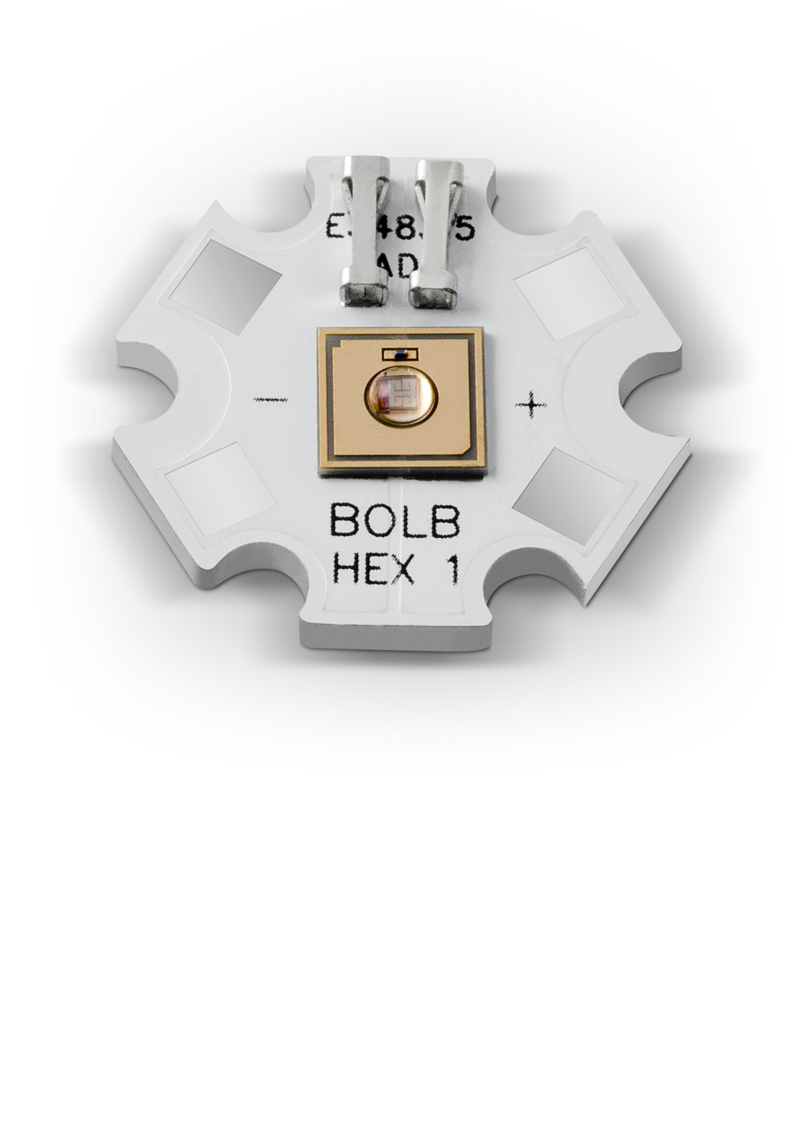UVC LEDs Could Solve One of Humanity’s Largest Problems
Tap water is also drinking water – that is obvious! The fact that in Germany a huge technical effort is made to maintain the water supply is largely unknown to most people today. Almost a hundred years ago, cholera and other diseases caused by contaminated water were not uncommon in Europe. People began to understand that clean water is a valuable commodity. In addition to sewage treatment plants with mechanical, biological, and chemical purification processes, UV lighting is often used in decontamination. UVC LEDs have recently been responsible for a small technical revolution.
The right to clean drinking water has been grounded in the human rights charter of the United Nations since July of 2010.1 According to estimations of the UN and WHO, however, around 600 million people worldwide did not have access to drinking water in 2015.2 A central water supply similar to that available in industrialized countries is unthinkable in many impoverished countries. The water there still continues to originate from village wells or nearby lakes and rivers. However, dangerous pathogens often lurk in these natural water resources.
According to recent estimations, a quarter of all deaths among children under five years of age worldwide can be traced to environmental influences such as unclean water and poor hygiene conditions.
Sewers, sewage treatment plants, and other measures taken in industrialized countries only offer limited help in countries with decentralized water supplies. Such countries require alternative mobile solutions.
UV lighting, such as from particularly short-wave UVC light (100 nm to 280 nm), can play a crucial role in such solutions.
This high-energy radiation is absorbed by DNA and RNA strands and results in “clumping” of the nucleotide sequences. This prevents the reproduction of cells or kills them altogether. In nature, these beams are absorbed by the ozone layer in our atmosphere, which protects all living things from the danger of UVC radiation exposure. Microorganisms do not have resistance mechanisms in place to battle this radiation either and can, therefore, be killed by artificially-produced UVC radiation.
This fact has been known in science for a long time; in fact, low-pressure mercury lamps have been used in laboratories and the food industry for sterilization purposes for several decades. These radiation sources are admittedly very powerful but are only partially suited for mobile use. These lamps are fragile and difficult to operate, have a comparably shorter lifespan, require an alternating current, and convert a lot of power to heat. In addition, the disposal of toxic mercury is complex and expensive.
As an alternative radiation source, UVC LEDs are on the rise. They are long lasting, robust, do not contain damaging substances, and can be operated with direct current rechargeable batteries or solar cells. They have made mobile solutions possible for the first time and allow “radiation therapy” to be performed close to the consumer. UVC LEDs are thus in a position to improve the quality of life of millions of people.
1 Vgl.: www.un.org/waterforlifedecade/human_right_to_water.shtml
2 Vgl.: UN-Water global analysis and assessment of sanitation and drinking-water (GLAAS) 2017 report:
financing universal water, sanitation and hygiene under the sustainable development goals. Geneva:
World Health Organization; 2017. Licence: CC BY-NC-SA 3.0 IGO., S.iv
(http://apps.who.int/iris/bitstream/10665/254999/1/9789241512190-eng.pdf?ua=1)
Product Information
Beyond Borders

Click here
LASER COMPONENTS UK - Your competent partner for optical and optoelectronic components in the United Kingdom.
Welcome to LASER COMPONENTS UK Ltd., your expert for photonics components. Each product in our wide range of detectors, laser diodes, laser modules, optics, fiber optics, and more is worth every Pound (£/GBP). Our customized solutions cover all conceivable areas of application: from sensor technology to medical technology. You can reach us here:
Goldlay House, 114 Parkway
Chelmsford Essex CM2 7PR
United Kingdom
Phone: +44 1245 491 499
Email: info(at)


